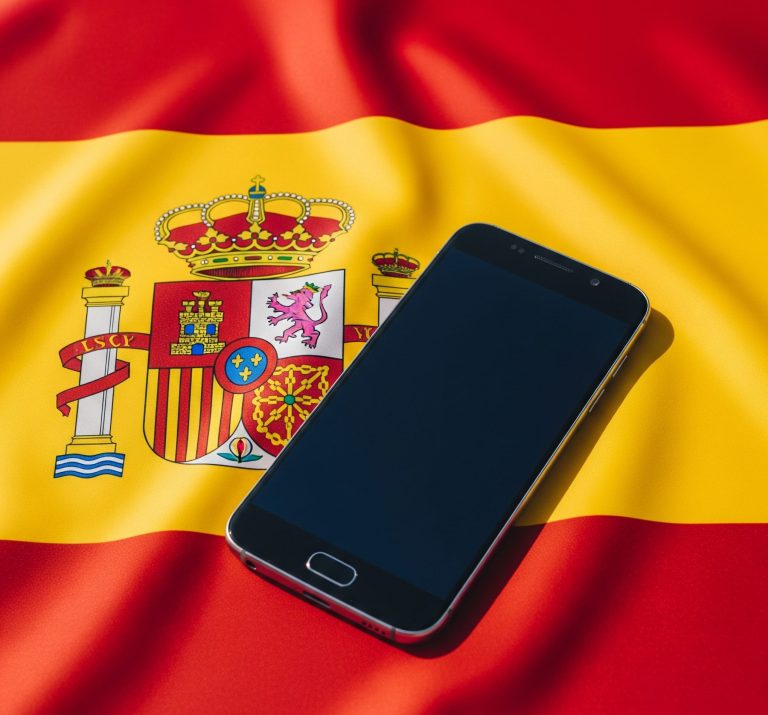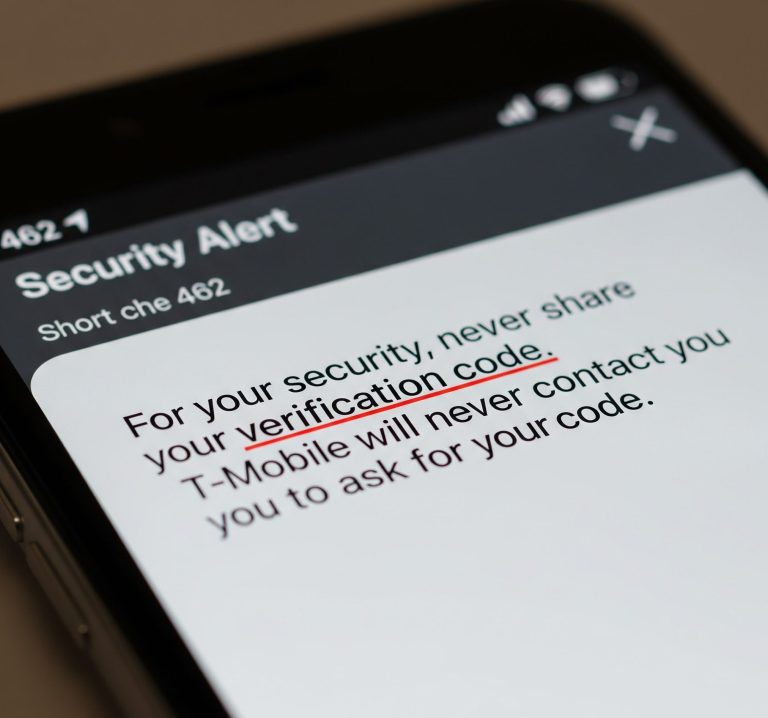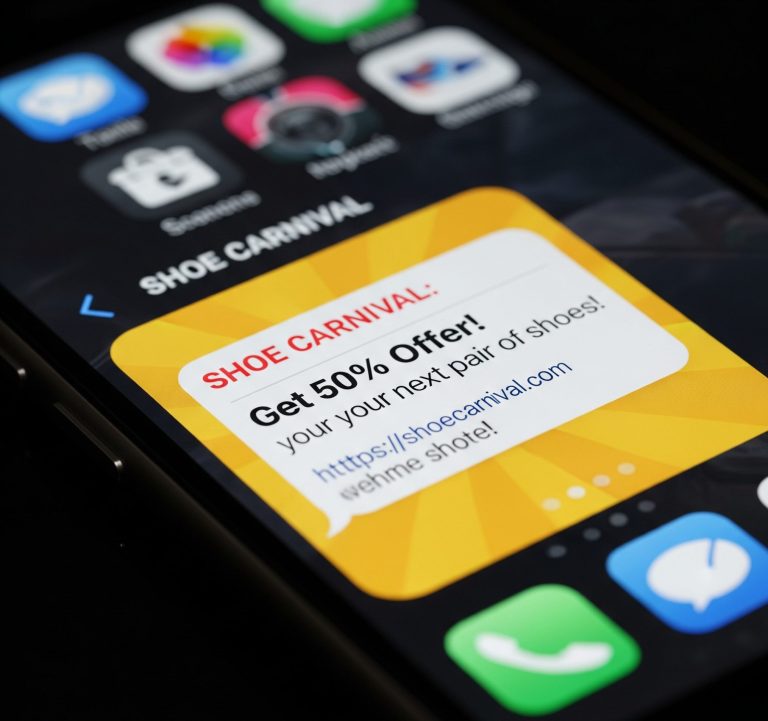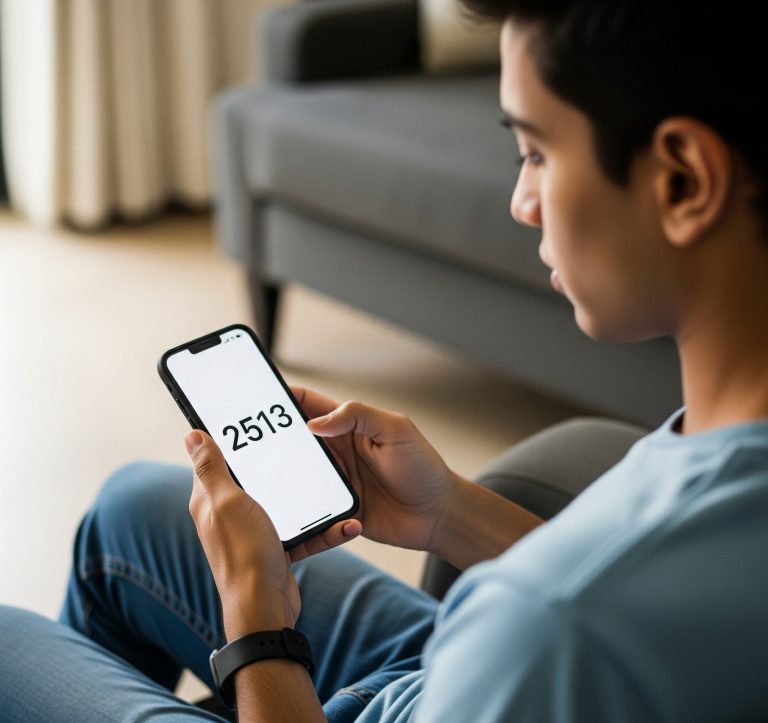The familiar three-digit area code precedes nearly every phone number we dial in the United States, silently directing our calls to the correct geographic region. From the bustling metropolis to the quiet countryside, these codes are the backbone of our telecommunications system. But what happens when an area runs out of numbers, necessitating the introduction of a brand-new code, such as a hypothetical 525 area code? This article will explore the reasons behind new area code assignments, their impact on residents and businesses, and how you would adapt to such a change.
Contents
The Dynamics of Number Exhaustion: Why New Area Codes Emerge
The primary driver behind the introduction of new area codes is number exhaustion. As populations grow, more individuals and businesses require phone lines, mobile numbers, and even dedicated lines for faxes, alarms, and internet connections. Each existing area code has a finite number of combinations available (typically 7.92 million potential numbers, though not all are available for assignment). When the pool of available numbers dwindles to critical levels, the North American Numbering Plan Administrator (NANPA), in conjunction with state public utility commissions, steps in to implement a solution.
This isn’t a sudden crisis but a carefully monitored process. Telecommunication companies submit forecasts of their number needs, allowing authorities to predict when an area code will run out of numbers. When the projections indicate exhaustion is imminent, a new area code overlay or split is typically planned. While the 525 area code is not currently in use, if it were to be introduced, it would be a direct response to this increasing demand for phone numbers in a specific region.
Overlay vs. Split: Understanding the Implementation Strategies
There are two primary methods for introducing a new area code:
- Area Code Overlay: This is the most common method today. In an overlay, a new area code (like our hypothetical 525 area code) is introduced to the same geographic region as an existing area code. This means that two or more area codes coexist within the same territory. For example, if an area currently uses 212, and it experiences number exhaustion, a new area code (say, 646) might be overlaid, meaning some new numbers will be 212 and others will be 646, all within the same city. The key impact of an overlay is that ten-digit dialing (area code + seven-digit number) becomes mandatory for all local calls, even those within the same original area code. This is because there’s no way for the phone system to know if a seven-digit number belongs to the old or new area code without the prefix.
- Area Code Split: Less common now due to the disruption it causes, a split divides an existing geographic area into two or more distinct regions, with one region retaining the original area code and the other(s) receiving a new one. For instance, if an area with the 310 area code were split, one part might remain 310, while the other might adopt a new code like 424. This method avoids mandatory ten-digit dialing for local calls within the retained area code but requires significant changes for residents in the newly assigned area, including updating stationery, advertising, and informing contacts of their new number. If the 525 area code were introduced via a split, it would mean a clear geographical division.

The Ripple Effect: How a New Area Code Impacts You
The introduction of a new area code, whether an overlay or a split, has several practical implications for residents and businesses:
- Mandatory Ten-Digit Dialing (for Overlays): This is arguably the most significant change for an overlay. If a 525 area code were introduced as an overlay, everyone in that region, regardless of their current area code, would need to dial all ten digits (area code + seven-digit number) for local calls. While initially an adjustment, most people quickly adapt. Modern smartphones often auto-populate the area code, making the transition smoother for mobile users.
- Reprogramming Devices: Landlines, fax machines, alarm systems, and even some older cordless phones may need to be reprogrammed to ensure they dial the full ten digits for local calls. Businesses, in particular, would need to update their PBX systems and speed dial directories.
- Business Impact: Businesses face unique challenges. They may need to update their websites, marketing materials, business cards, and internal communication systems to reflect the new dialing procedures or new area code if they receive one. They also need to educate their customers about the change to avoid dropped calls. If the 525 area code affected a business, it would be crucial for them to communicate this effectively.
- Cost and Convenience: While the direct cost to consumers is usually minimal, there’s an indirect cost in terms of time and effort required to update contacts and systems. The initial period of adjustment can lead to missed calls and frustration until people become accustomed to the new dialing patterns.
- New Number Assignments: When a new area code like the 525 area code is introduced, all new phone numbers issued in that region will receive the new prefix. This ensures that new subscribers have access to numbers as the old code reaches its capacity.
Preparing for the Future of Dialing
While the 525 area code remains hypothetical, understanding the process of area code introduction is vital for any American consumer. Telecommunications are constantly evolving, and as our demand for connectivity grows, so too does the need for additional numbering resources.
Public utility commissions and NANPA typically provide ample notice before a new area code is implemented, often with a permissive dialing period where both seven-digit and ten-digit dialing are accepted before ten-digit dialing becomes mandatory. This allows for a gradual transition.
conclusion
a new area code signifies growth and development within a region. While it requires a period of adjustment for residents and businesses, these changes are essential to maintain the functionality and efficiency of our nationwide telecommunications network. So, if you ever hear that the 525 area code is coming to your region, you’ll now be well-equipped to understand its implications and adapt to the evolving landscape of American phone numbers.







